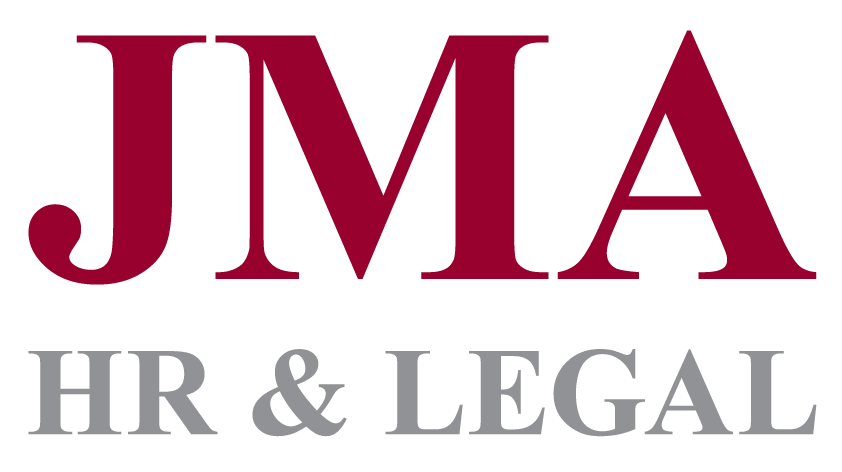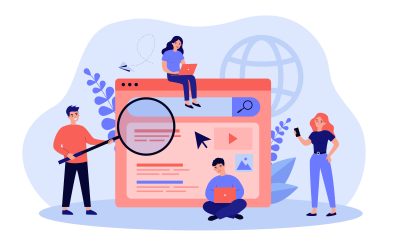As promised, the government has set out more information about how the new ‘flexible furlough’ arrangements twill work in practice.
As we learnt from the last update, from 1 July employers will only be able to furlough employees who have already been furloughed for the minimum period of three weeks, meaning that the last date on which employers could furlough employees for the first time was 10 June. Also from 1 July employers will be able to implement ‘flexible furlough’. This includes part-time working arrangements alongside furlough as well as the removal of the minimum furlough period of three consecutive weeks. From 1 July the new flexible furlough agreements can last for any period.
Documenting flexible furlough arrangements
An important practical point to note for employers is the requirement to ‘keep a new written agreement’ when implementing flexible furlough. This should reflect the fact that the employer will have to pay employees in full for those hours worked and will be able to claim the furlough grant for the remaining hours that the employee is furloughed. The updated guidance from the government includes an example of how to calculate pay for a flexibly furloughed employee.
Tapering off of furlough support
By way of reminder, the government support through the furlough grants will gradually reduce over the next few months as follows:
- from 1 August, employers will have to pay employer NI contributions and employer pension contributions, with the government continuing to pay 80% of wages up to a cap of £2,500.
- from 1 September, employers will also have to pay 10% of wages, with the government paying 70% (capped at £2,187.50); and
- from 1 October, employers will have to pay 20% of wages, with the government paying 60% (capped at £1,875).
Employees returning from maternity, shared parental, adoption, paternity or parental bereavement leave
The new guidance also confirms that employers can furlough employees returning from maternity, shared parental, adoption, paternity or parental bereavement leave after 10 June even if they are furloughing them for the first time provided that:
- they have previously submitted a claim for any other employee in the organisation in relation to a furlough period of at least 3 consecutive weeks taking place any time between 1 March 2020 and 30 June 2020;
- the employee to be furloughed for the first time started maternity, shared parental, adoption, paternity and parental bereavement leave before 10 June and has returned from that leave after 10 June; and
- the employee was on the employer’s PAYE payroll on or before 19 March 2020.
Finally, remember that claim for periods ending on or before 30 June must be made by 31 July 2020. Further claims for furlough periods from 1 July 2020 onwards can then be made when needed commencing on 1 July 2020.
Please get in touch if you have any questions regarding the issues discussed in this article.
E: enquiries@jma-hrlegal.co.uk / T: +44 (0)1252 821792













Recent Comments